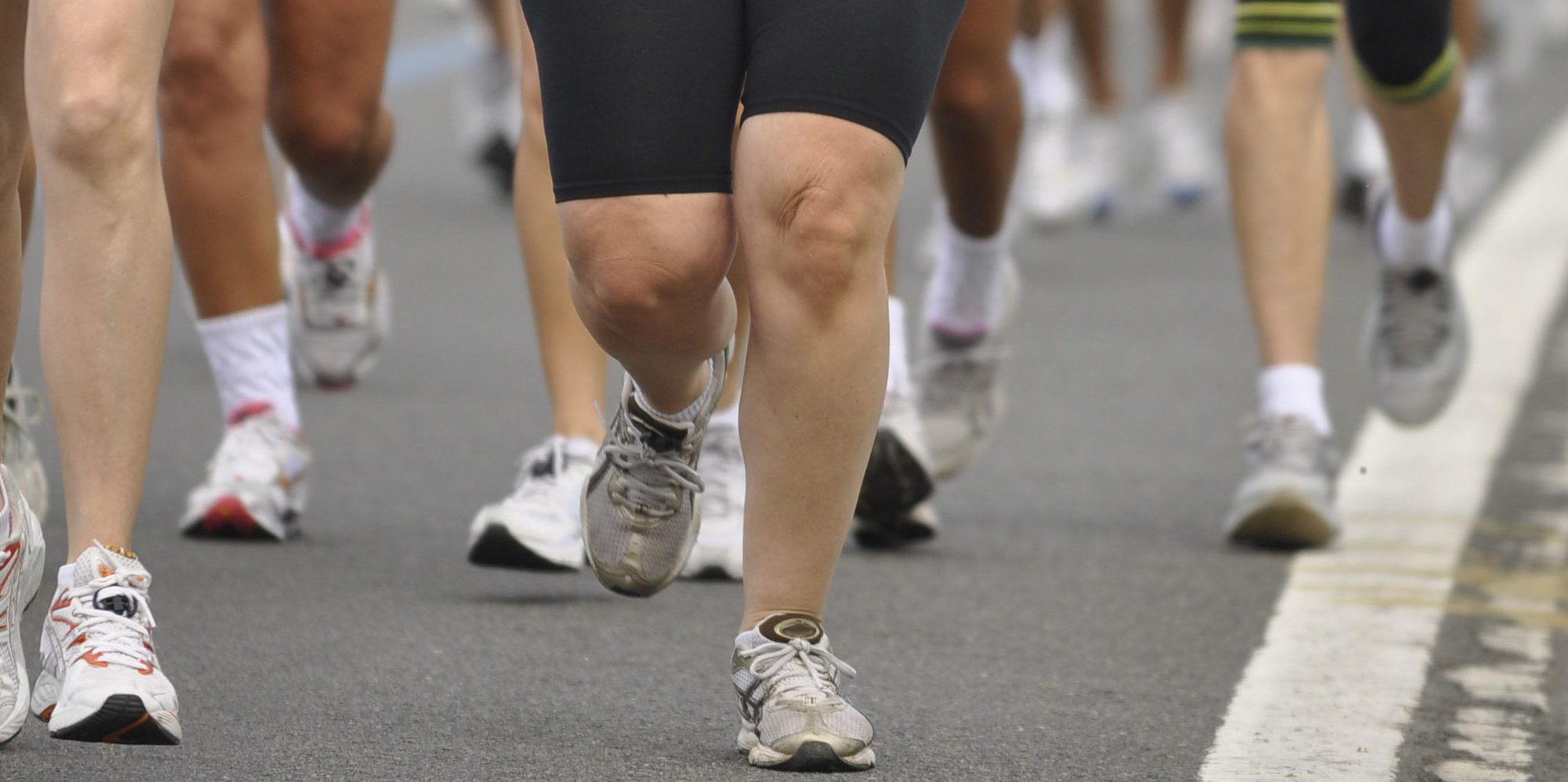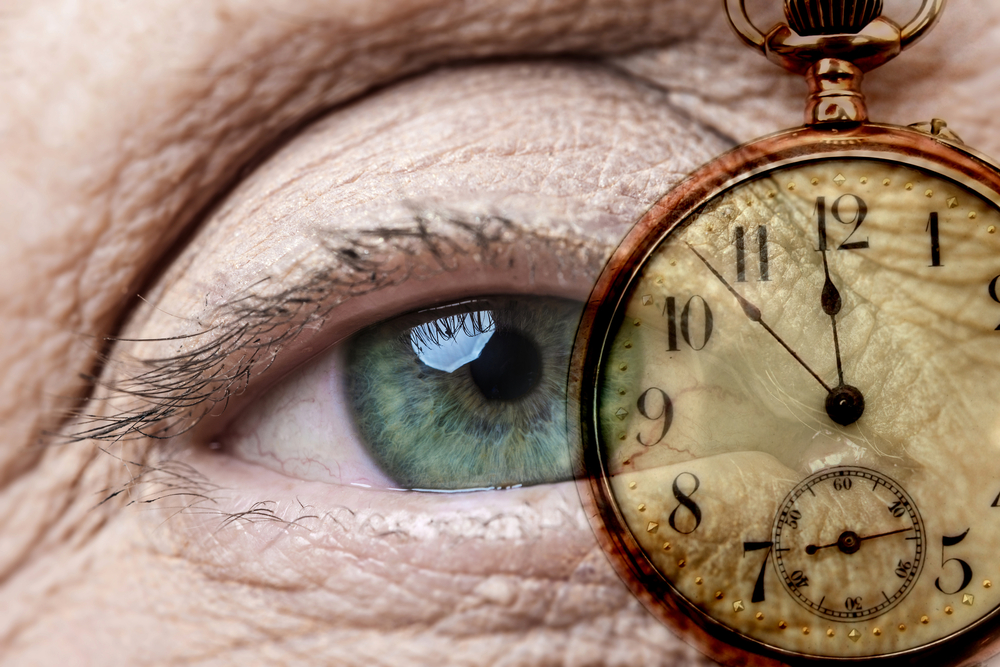- Obalon weight loss balloons restrict the amount of food users can eat, since the balloons take up space in the stomach
- During clinical trials, participants lost an average of 14.4 pounds
- The Obalon procedure is most often performed and monitored by gastric bypass physicians
What is Obalon?
The procedure itself is quite simple. The patient swallows a large capsule attached to a tiny flexible tube. Folded up inside is a balloon made of thin plastic.
The doctor makes sure the balloon is properly in position, and then pumps nitrogen gas through the tube, inflating the balloon to about the size of an orange. This restricts the amount of food users can eat, since the balloons take up space in the stomach. Up to three balloons are placed over three months to ensure patient tolerance.
The balloons are left in for up to six months, after which they are punctured with a needle and removed using an endoscope.
Obalon review and clinical studies
During clinical trials, participants lost an average of 14.4 pounds. Approximately 89 percent of the total weight lost at six months was still kept off at one year.
However, results vary and are largely dependent on diet and exercise. “Obalon isn’t a cure for the overweight. It’s an aid in developing better eating habits,” says Dr. Shieh.
“The FDA cleared Obalon for six months of use, so it’s a temporary process. We’re basically given the opportunity to recreate a new lifestyle – to slow your way of eating down,” says Dr. Shieh. “The balloons are filled with nitrogen gas and float to the top of the stomach, where we get many of these messages of hunger. Receptors triggered that tell the brain, ‘I’m satisfied.’ So with the balloons there we get a sense of satiety faster.”
When this occurs repeatedly over six moths, Obalon users are able to learn how to keep the weight off. “If you’re hungry and running into a meeting, you can drink a glass of water and feel satisfied,” explains Dr. Sheih. “It gives you an opportunity to make the right choices.”
Dr. Shieh speaks from experience – he actually tried Obalon himself. “I’d done a lot of research on this. I found the technology, swallowing a capsule, interesting. Just like so many people I needed to lose weight. I had high cholesterol. What I found is that where you could in the past eat a whole hamburger, with Obalon you’d eat only half of it.”
Who’s a good candidate for Obalon?
Obalon isn’t for the very obese. The ideal candidate has a Body Mass Index (BMI) of 30 to 40. “Patients lose 5 to 10 pounds in the first week,” says Dr. Shieh. “When they see that momentum they say, ‘Alright, I’m ready to be more active and get things going.’ If they want to use 30 to 50 pounds, it helps spark that process.”
There are no potential drug interactions, but there are certain conditions that preclude some patients. For instance, you can’t get the Obalon if you’ve had a previous gastric staple or bypass, ulcers, or are on blood thinners.
Dr. Shieh also warns that Obalon can’t necessarily fix underlying causes of obesity. “There’s a lot of emotional eating due to depression, or boredom. The balloons won’t trick the emotional side. That doesn’t mean you can’t have the balloons, but to be successful you have to address that, too.”
The best programs therefore provide guidance on diet and exercise as well.
“We offer Obalon as part of an all-inclusive package,” says Dr. Shieh. “After the balloons come out we follow our patients for a year. This holds them accountable for weigh-ins, check-ins, and seeing me. I can’t speak for every practice, but I assess what’s going on.”
Obalon side effects and complications
Since Obalon is the first gas-filled intragastric balloon, the technology is an improvement on existing stomach balloons that are filled with saline. “Just imagine a large breast implant in your stomach,” says Dr. Shieh. “That causes a lot nausea and vomiting during the first week.”
Some adverse reactions are still possible, however. Potential side-effects include gastric proteolysis, during which your stomach recognizes the balloon as a foreign body and tries to push it through. “It’s a rumbling of the stomach. It doesn’t hurt, but it feels like the stomach is churning,” says Dr. Sheih. “The balloon is big, so it won’t go through. You can drink a glass of water and let the stomach work on that. Or take a deep breath and squeeze your abdomen as tight as you can.”
Other frequent adverse reactions include abdominal pain, nausea, vomiting, indigestion, and bloating.
What is the cost of Obalon?
The average cost of Obalon ranges from $6,000 to $9,000, depending on the region, and isn’t covered by insurance.
Who performs the procedure?
The Obalon procedure is most often performed and monitored by physicians, typically those that perform bariatric procedures such as gastric bypass and gastric sleeve surgeries. But some plastic surgeons offer it, too.
Dr. Grant Stevens, a plastic surgeon based in Marina Del Ray, California, was one of the first to offer Obalon in his practice. He finds it to be a useful tool for patients who are too overweight to benefit from other types of procedures. When he suggests a dietitian or personal trainer to those patients, he says he’s surprised at how often they’ve already tried both.
“I turn down a lot of patients for CoolSculpting or liposuction because of their weight. It’s the number one reason outside of health issues,” says Dr. Stevens. “For instance, if I have someone who wants a tummy tuck and a breast reduction, but she’s very overweight, I feel it’s better to help her lose weight first. Then there’s less risk.”
Dr. Stevens’ is so pleased with Obalon that he’s started incentivizing his patients to try it before committing to plastic surgery. “I’ll say if you do this and lose weight, I’ll give you $2,000 towards surgery. I know it’s expensive. And low and behold, they’ve been losing weight,” says Dr. Stevens. “I’ve got people who’d lost 30 and 40 pounds. I’m blown away.”









